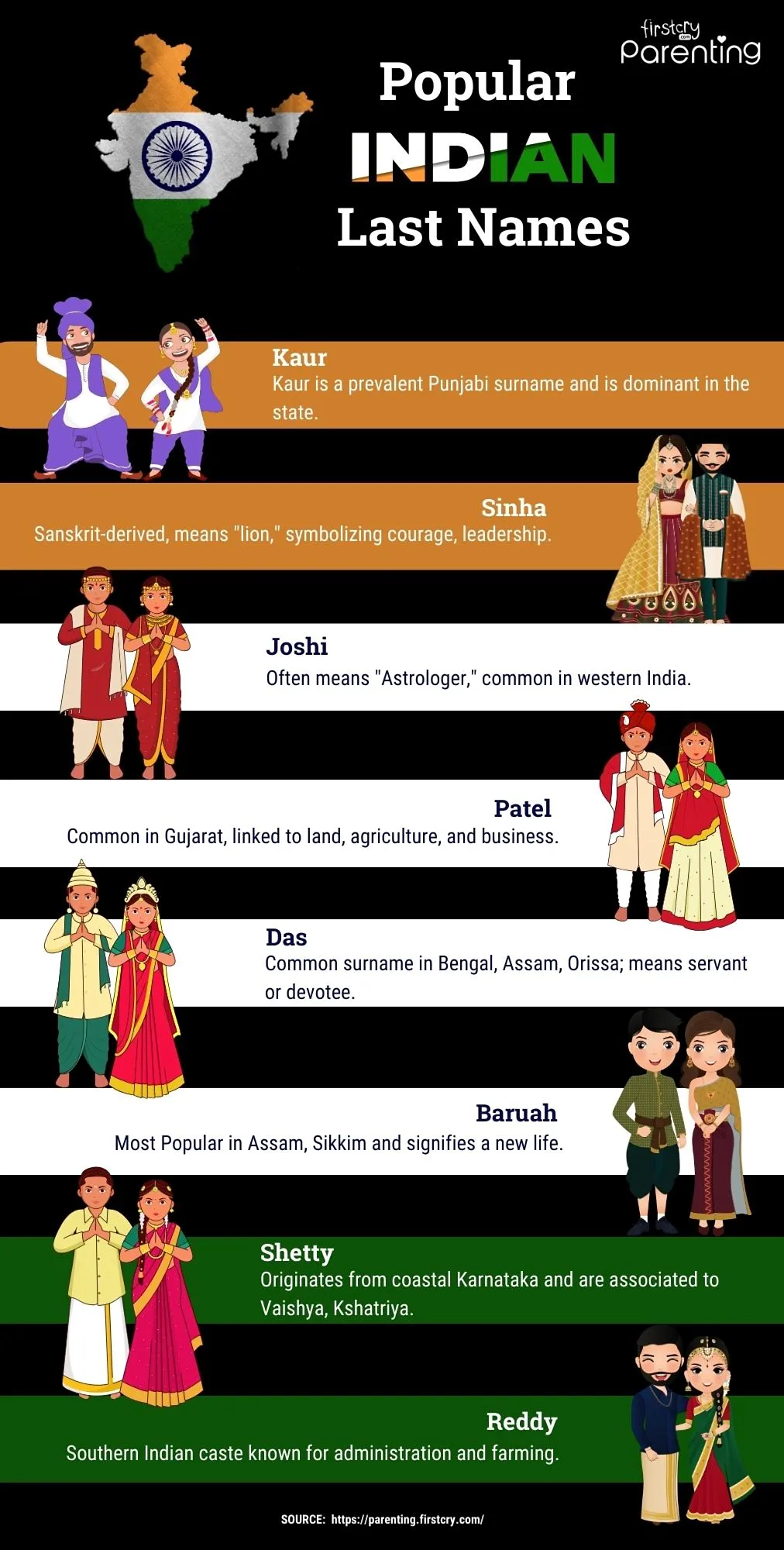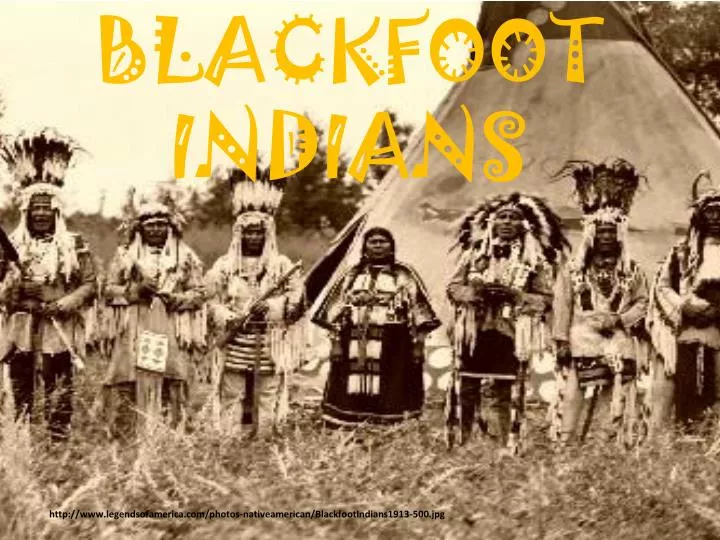Blackfoot Indian last names carry a rich cultural heritage and historical significance. The Blackfoot Confederacy, consisting of the Siksika, Kainai, and Piikani tribes, has a unique naming tradition that reflects their deep connection to nature, spirituality, and community. Understanding these names provides insight into the customs and values of the Blackfoot people.
For centuries, the Blackfoot people have used names as a way to honor their ancestors, celebrate achievements, and preserve their identity. These names often tell a story, whether it's about an individual's personal journey or their connection to the tribe's history. As we delve into this topic, we'll explore the origins, meanings, and cultural significance of Blackfoot Indian last names.
This article aims to provide a comprehensive overview of Blackfoot Indian last names, including their historical context, naming traditions, and modern usage. Whether you're researching your own ancestry or simply curious about Native American culture, this guide will offer valuable insights into the world of Blackfoot names.
Read also:Where Does Errol Musk Live
Table of Contents
- Introduction to Blackfoot Indian Last Names
- History of Blackfoot Naming Traditions
- Common Blackfoot Indian Last Names
- Cultural Significance of Last Names
- Origins of Blackfoot Last Names
- Tribal Differences in Naming
- Modern Usage of Blackfoot Last Names
- Genealogy and Research Tips
- Statistical Insights on Blackfoot Names
- Recommended Resources for Further Study
Introduction to Blackfoot Indian Last Names
The Blackfoot Indian last names are an integral part of the tribe's cultural identity. These names often carry deep symbolic meanings, reflecting the tribe's connection to the natural world and spiritual beliefs. Historically, names were not just labels but representations of an individual's character, achievements, or family heritage.
Significance in Daily Life
In Blackfoot culture, names were often bestowed during significant life events, such as birth, coming-of-age ceremonies, or acts of bravery. This practice ensured that each name held personal and communal importance. For example, a warrior might receive a new name after a successful battle, symbolizing their newfound status and respect within the tribe.
History of Blackfoot Naming Traditions
The history of Blackfoot naming traditions dates back centuries, evolving alongside the tribe's social structures and interactions with other cultures. Before European contact, Blackfoot names were primarily descriptive, often referencing natural elements, animals, or notable deeds. Over time, these names adapted to incorporate influences from neighboring tribes and later, European settlers.
Impact of European Colonization
European colonization brought significant changes to Blackfoot naming practices. Many Blackfoot individuals adopted English surnames, either voluntarily or through forced assimilation policies. Despite these changes, many families preserved their traditional names, ensuring their survival for future generations.
Common Blackfoot Indian Last Names
Several Blackfoot last names remain popular today, reflecting the tribe's rich heritage. Below is a list of some common Blackfoot Indian last names:
- Bearspaw
- Many Guns
- Running Rabbit
- Standing Buffalo
- White Calf
- Running Crane
- Iron Shield
- Black Bear
Each of these names carries unique meanings and stories, often tied to the individual's family or personal achievements.
Read also:Reading Phillies 2024 Schedule
Cultural Significance of Last Names
Blackfoot last names are more than just identifiers; they are expressions of cultural identity and pride. These names often reference important aspects of Blackfoot life, such as animals, landscapes, and spiritual beliefs. For example, names like "Bearspaw" or "White Calf" reflect the tribe's reverence for wildlife and their role in Blackfoot mythology.
Connection to Nature
The Blackfoot people have a deep connection to the natural world, which is evident in their naming traditions. Many last names incorporate elements of nature, such as mountains, rivers, and animals, symbolizing the tribe's harmonious relationship with the environment. This connection is central to Blackfoot culture and continues to influence modern naming practices.
Origins of Blackfoot Last Names
The origins of Blackfoot last names can be traced back to the tribe's oral traditions and historical records. Names were often passed down through generations, ensuring the preservation of family histories and cultural knowledge. Additionally, names could be acquired through significant life events, such as ceremonies or acts of bravery.
Influence of Oral History
Oral history plays a crucial role in the preservation of Blackfoot names. Elders within the tribe often recount stories and legends associated with specific names, ensuring their continued relevance and meaning. This tradition helps maintain the cultural significance of Blackfoot last names, even in modern times.
Tribal Differences in Naming
While the Blackfoot Confederacy shares many naming traditions, there are subtle differences between the Siksika, Kainai, and Piikani tribes. These variations reflect the unique cultural practices and histories of each group. For example, the Siksika tribe may favor names referencing the northern plains, while the Piikani might emphasize their connection to the Rocky Mountains.
Examples of Tribal Variations
Below is a table highlighting some examples of tribal variations in Blackfoot last names:
| Tribal Group | Common Last Names |
|---|---|
| Siksika | Bearspaw, Running Rabbit |
| Kainai | Many Guns, Standing Buffalo |
| Piikani | White Calf, Running Crane |
Modern Usage of Blackfoot Last Names
In contemporary society, Blackfoot last names continue to be used by both tribal members and descendants. Many individuals incorporate these names into their legal identities, preserving their cultural heritage. Additionally, there has been a growing interest in reconnecting with ancestral names, driven by a renewed focus on Indigenous identity and pride.
Revitalization Efforts
Various organizations and initiatives aim to revitalize Blackfoot naming traditions, offering resources and support for those seeking to reclaim their heritage. These efforts include workshops, language programs, and genealogical research tools, all designed to empower individuals to embrace their Blackfoot roots.
Genealogy and Research Tips
For those interested in researching Blackfoot last names, there are several resources and strategies to consider. Genealogical records, tribal archives, and oral histories can provide valuable insights into family histories and naming traditions. Additionally, connecting with tribal elders or cultural organizations can offer firsthand knowledge and guidance.
Key Resources for Research
- Blackfoot Tribal Archives
- National Archives and Records Administration (NARA)
- Genealogy websites specializing in Native American research
- Local cultural centers and museums
Statistical Insights on Blackfoot Names
According to recent studies, Blackfoot last names remain prevalent among tribal members and descendants. Data from the U.S. Census Bureau and tribal enrollment records indicate that names like Bearspaw, Running Rabbit, and White Calf continue to be among the most common. These statistics highlight the enduring legacy of Blackfoot naming traditions.
Demographic Trends
Demographic research also reveals trends in the usage of Blackfoot last names across different regions and generations. For example, younger generations are increasingly incorporating traditional names into their identities, reflecting a growing appreciation for cultural heritage.
Recommended Resources for Further Study
For those wishing to delve deeper into Blackfoot naming traditions, the following resources are highly recommended:
- "Blackfoot Stories of Old" by Hugh A. Dempsey
- Blackfoot Language Resources
- Blackfoot Cultural Center
- Indigenous Genealogy Research Guides
Conclusion
Blackfoot Indian last names represent a vital aspect of the tribe's cultural heritage, reflecting their deep connection to nature, spirituality, and community. Through this article, we've explored the history, significance, and modern usage of these names, offering insights into the rich traditions of the Blackfoot people. As we continue to celebrate and preserve Indigenous cultures, understanding these names becomes increasingly important.
We invite you to share your thoughts and experiences in the comments below. Whether you're researching your own ancestry or simply fascinated by Blackfoot culture, your feedback is invaluable. Additionally, consider exploring other articles on our site to learn more about Native American history and traditions. Together, we can honor and preserve the legacy of the Blackfoot people for generations to come.

